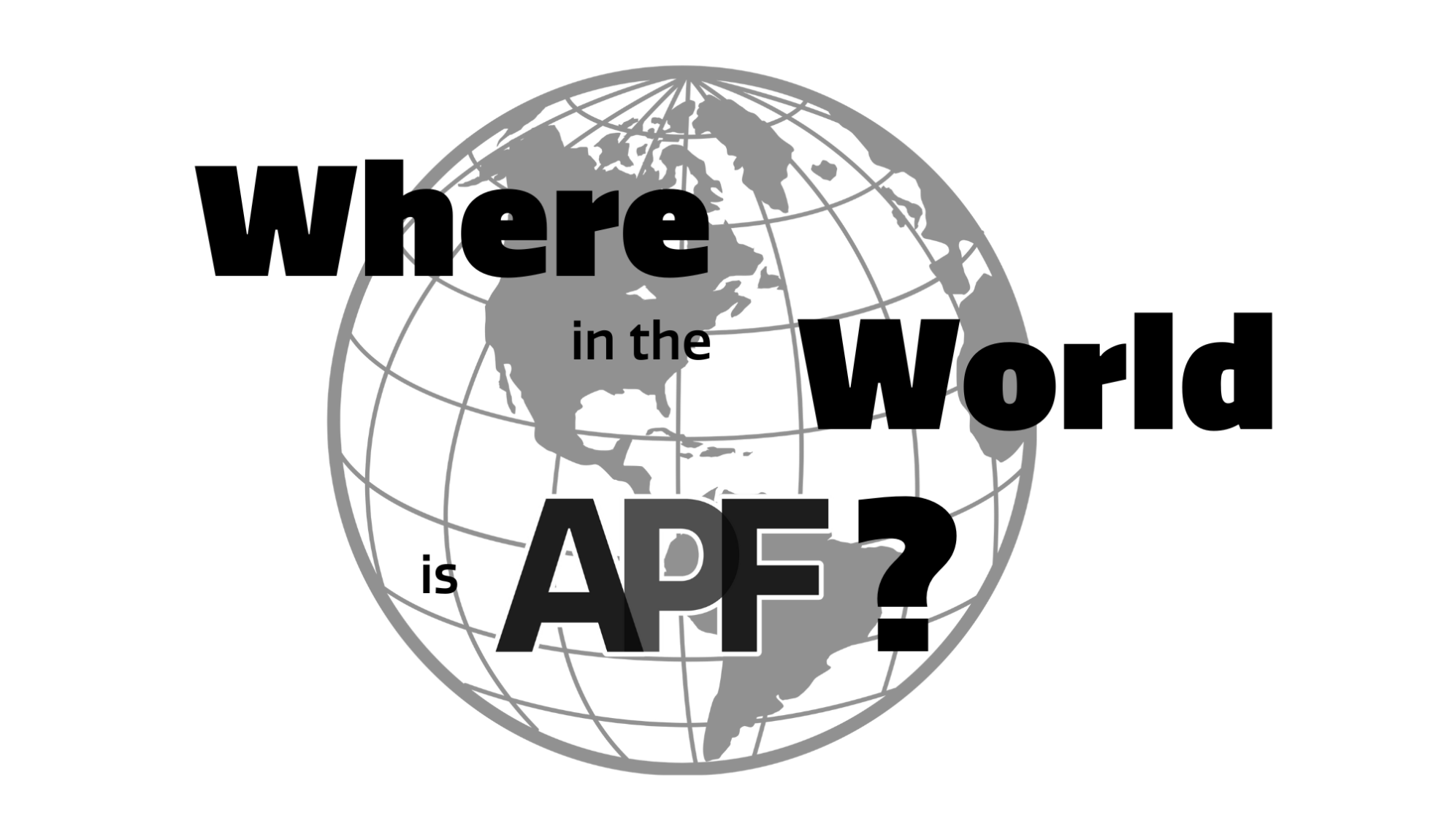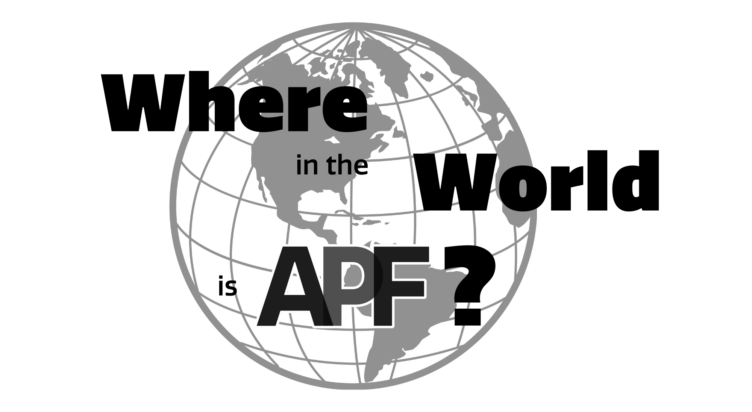Where in the World is APF with Dr. Craig Rodriguez-Seijas


Welcome to “Where in the World is APF”, our recipient highlight series where we catch up with our grant, scholarship, and award recipients all over the world!
Today, we’re speaking with Dr. Craig Rodriguez-Seijas, who received the 2022 Theodore Millon Grant in Personality Psychology for the project, “Diagnosis of borderline personality disorder as a function of sexual and gender minority status.”
Can you give us an update on your career and research since being awarded the Theodore Millon Grant in Personality Psychology in 2022?
Since receiving the Theodore Millon Award, we were able to complete data collection from >400 mental health clinicians across the U.S. and Canada for our study of bias in the diagnosis of borderline personality disorder among LGBTQ+ patients. The findings have since been published in the journal Clinical Psychological Science (doi: 10.1177/21677026241267). We found that providers were more inclined to pick borderline personality disorder as the principal diagnosis when presented with a clinical vignette reflecting a transgender patient, but not when presented with a cisgender heterosexual or gay patient. The effect of bias doesn’t seem to be particularly large among sexual and gender minority patients, but there might be a smaller effect when clinicians are presented with a transgender patient. There were other interesting findings from that project that we discussed in the article such as the general mismatch in clinicians’ agreement with the borderline diagnosis compared with their agreement with the diagnostic criteria and differences in agreement based on the professional background of the respondents.
In what aspects has your APF-funded research impacted your career as a researcher and your contributions to the field?
The APF Millon Award helped us complete data collection and understand bias in the diagnosis of borderline personality disorder. It also has contributed to our expanded thinking about this disparity and we have been thinking about exploring the idea of “bias” from different angles. Together with my students, we have been considering how the theory, measurement, and assessment of the borderline personality disorder diagnosis may themselves reflect “bias” in terms of the, perhaps unjust, conflation of adaptations to sexual and gender-related minority stress processes with assumptions about individual deficiencies in the normal personality development process. This work also aligns with my focus on dimensional models of psychopathology, including my work within the Hierarchical Taxonomy of Psychopathology (HiTOP) Consortium. Personally, I view my focus on borderline personality disorder among LGBTQ+ individuals a prime illustration of how a focus on understanding psychiatric disparities and dimensional psychopathology combine to inform about specific forms of psychopathology and the assumptions we make about these behavioral indicators.
Have you received subsequent funding, awards or other significant accomplishments since receiving your APF grant?
None as yet. But, I have since submitted a grant proposal to examine how aspects other than clinician bias explain the elevated diagnosis of borderline personality disorder among LGBTQIA+ individuals. Fingers crossed for a favorable review!
How did, or how will, your APF-funded research positively influence or make significant contributions to the field of LGBTQIA+ psychology & mental health?
One of the findings from our main paper emanating from the APF Millon Award was the importance that clinicians accurately believe that each diagnostic criterion is met for the provision of the borderline personality disorder diagnosis. Our findings were that bias only showed up at the global diagnostic level, rather than due to any specific diagnostic criterion. I also hope that this work gives clinicians some direction in thinking about how minority stress impacts the etiology, assessment, and treatment when working with LGBTQ+ individuals who meet criteria for the diagnosis.
How have you used the outcomes, or how do you plan to use the outcomes from your APF-funded research to inform future projects or initiatives?
Our finding of the relatively small effect of clinician bias has increased my thinking and investigating alternative factors related to this disparity. I recently submitted a paper in collaboration with my colleague, Dr. Brooke G. Rogers, where we expand on a theoretical model that explains how the environment in which LGBTQ+ individuals exist that is defined by stigma, heterosexism, and cisnormativity becomes confounded with the assumptions that we make about borderline personality disorder within this population. We’ve also been thinking about how this sort of conceptualization aligns with our expertise in evidence-based LGBTQ+ affirming psychotherapy principles and are currently completing a book chapter on this topic. Finally, members of my lab are currently planning projects that explore various ways to understand how the environment is associated with various borderline personality disorder-related outcomes.
What inspired your interest in supporting the LGBTQIA+ community through psychology?
My interest in this population is somewhat personal. During my undergraduate training, I was more interested in social psychology and research aimed at transforming attitudes toward LGBTQ+ people. But, I was also interested in clinical training and practice, and so I went down the clinical training route. My current research program evolved from clinical observations during my residency and postdoctoral fellowship years.
What advice would you give to future APF program applicants?
I would like to see more folks within the dimensional personality and psychopathology spaces with an interest in environmental context and understanding classification issues. I would especially welcome folks thinking about the practical implications of the diagnoses we assign and how these might help or hinder individuals and populations with whom we work.
Want to contribute to projects like this and create impact with psychology? Donate to APF today!
Topics: LGBTQIA+ Mental Health Where In The World Is APF
Discover More

Where in the World is APF with Dr. Laura Taylor
Welcome to “Where in the World is APF”, our recipient highlight series where we catch up with our grant, scholarship, and award recipients all over …

Where in the World is APF with Elana Israel
Welcome to “Where in the World is APF”, our recipient highlight series where we catch up with our grant, scholarship, and award recipients all over …

Where in the World is APF with Dr. Nicole Short
Welcome to “Where in the World is APF”, our recipient highlight series where we catch up with our grant, scholarship, and award recipients all over …
